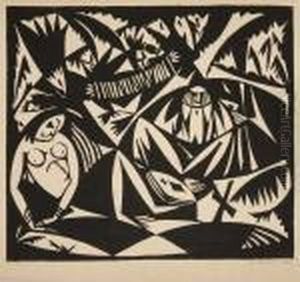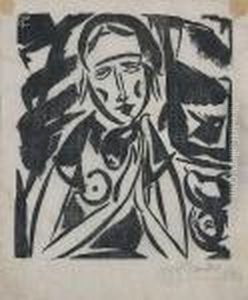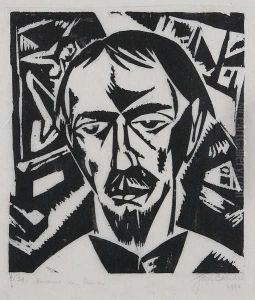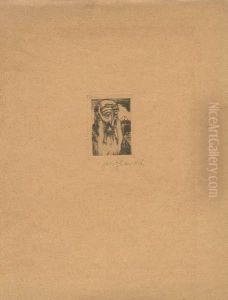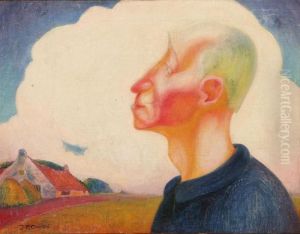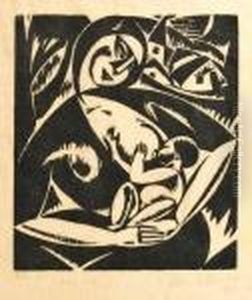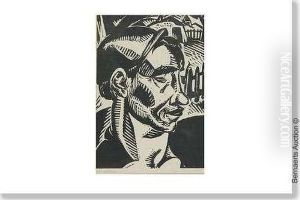Jan-Frans Cantre Paintings
Jan-Frans Cantré was a Belgian artist renowned for his significant contributions to wood engraving and graphic arts, pivotal in the revival of these forms in Belgium during the early 20th century. Born in Ghent, Belgium, in 1886, Cantré was part of a generation that sought to infuse new vitality into traditional artistic expressions amidst the rapid modernization of European society. His work, characterized by a robust and expressive linearity, drew inspiration from the folk art traditions of his homeland as well as from the broader Art Nouveau movement that swept through Europe at the turn of the century.
Educated at the Royal Academy of Fine Arts in Ghent, Cantré was deeply influenced by the aesthetic philosophies of his time, particularly those advocating for a return to craftsmanship in the face of industrial mass production. Alongside his brother Jozef Cantré, Frans Masereel, and Henri Van Straten, he was a key figure in the group known as 'De Vijf' (The Five), which was instrumental in the Flemish woodcut movement. This movement emphasized the emotional and symbolic potential of the woodcut technique, and Cantré’s work exemplifies this through its dynamic compositions and stark contrasts.
Throughout his career, Cantré’s oeuvre extended beyond wood engraving to include book illustrations, posters, ex libris, and designs for tapestries and stained glass. His illustrations often featured themes of social injustice and the human condition, reflecting the turbulent socio-political climate of Europe leading up to and following World War I. Despite his relatively short life—he died in 1931 at the age of 45—Cantré’s artistic legacy has had a lasting impact on the visual arts in Belgium and beyond. His work remains celebrated for its technical innovation, stylistic distinctiveness, and its profound humanism.
